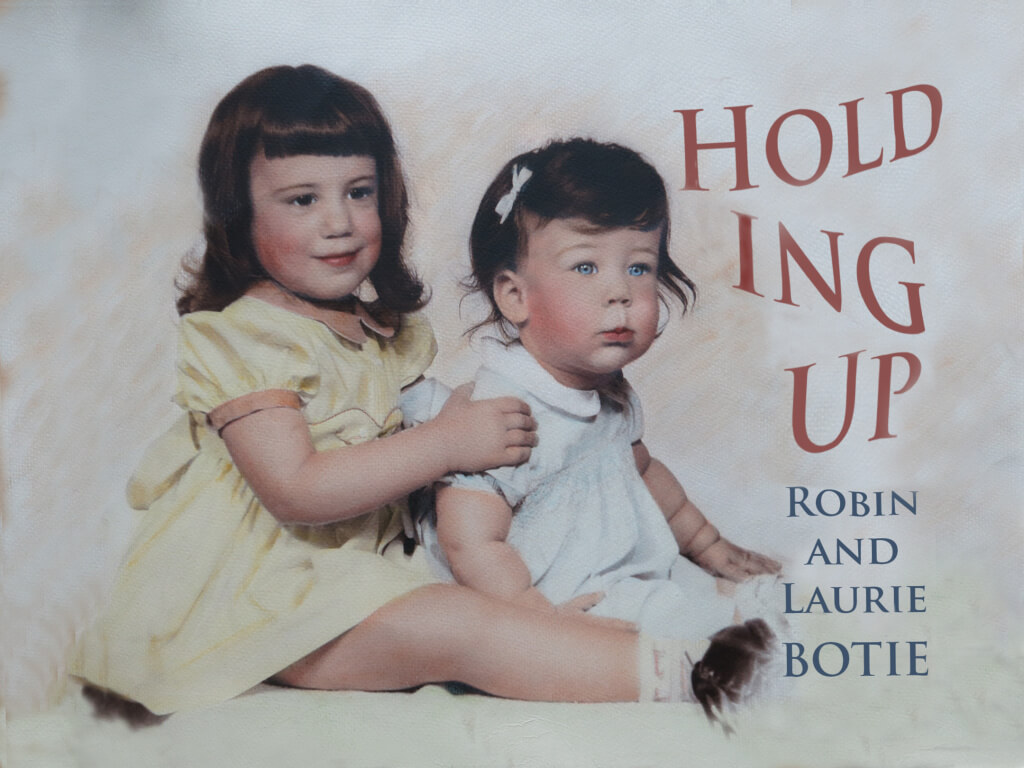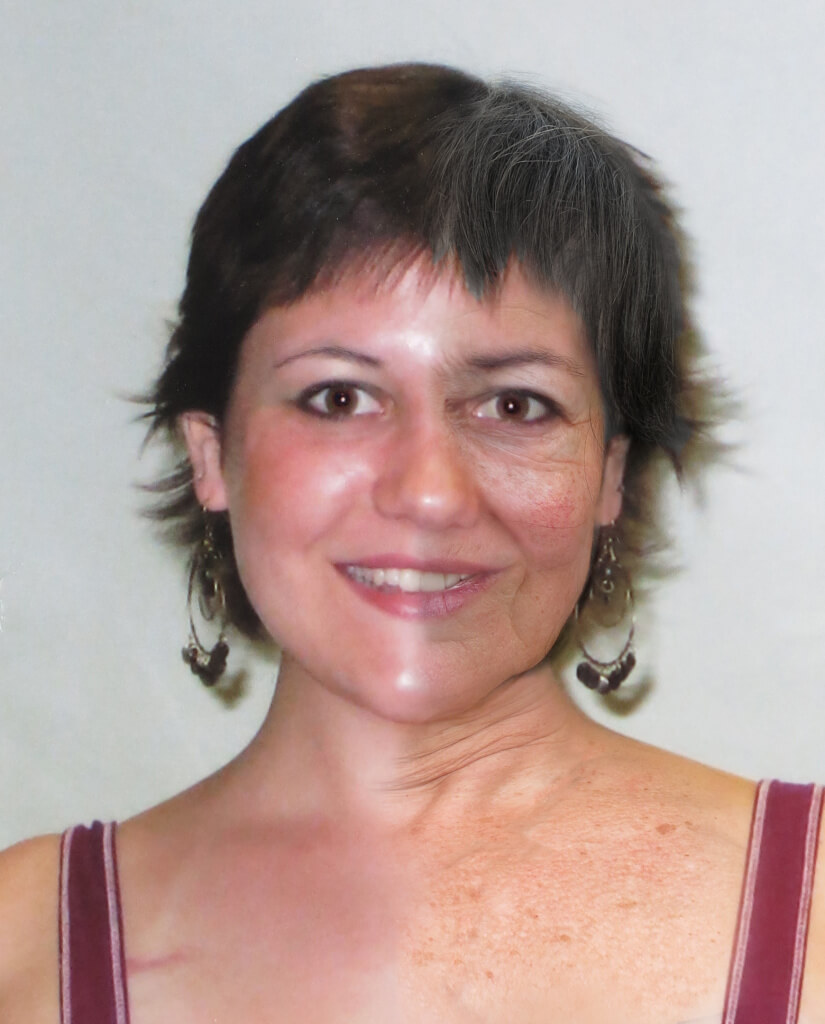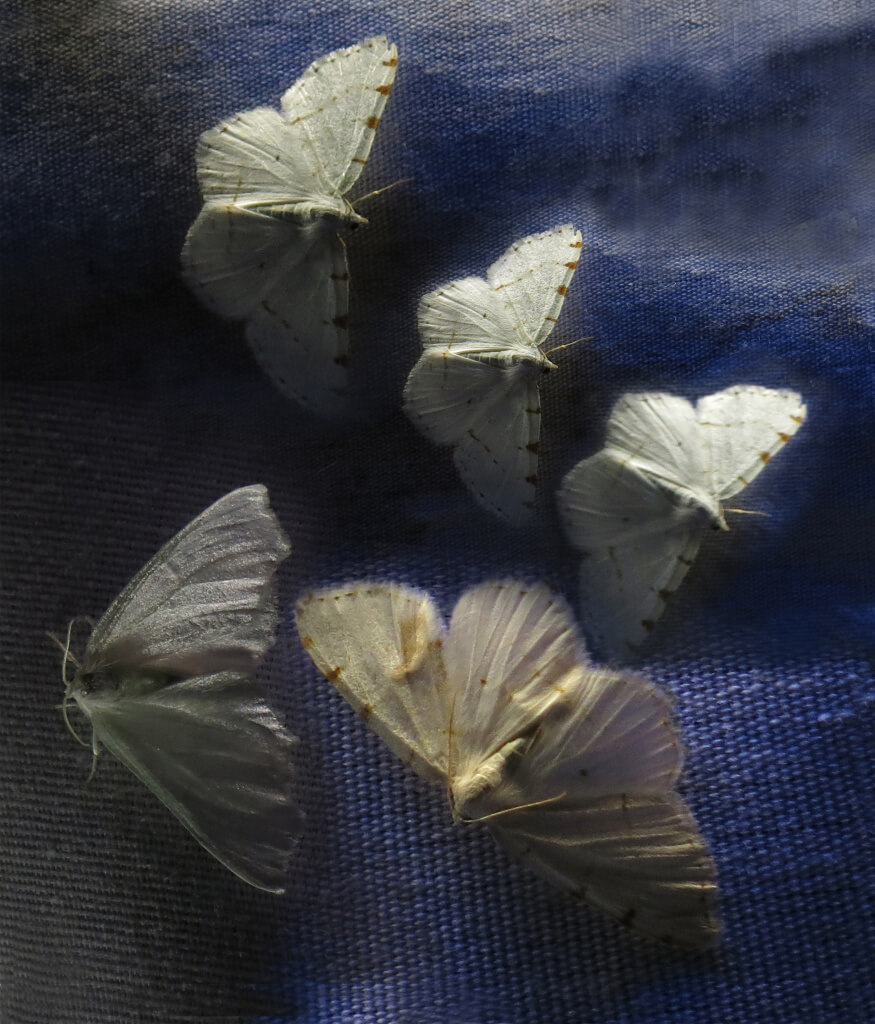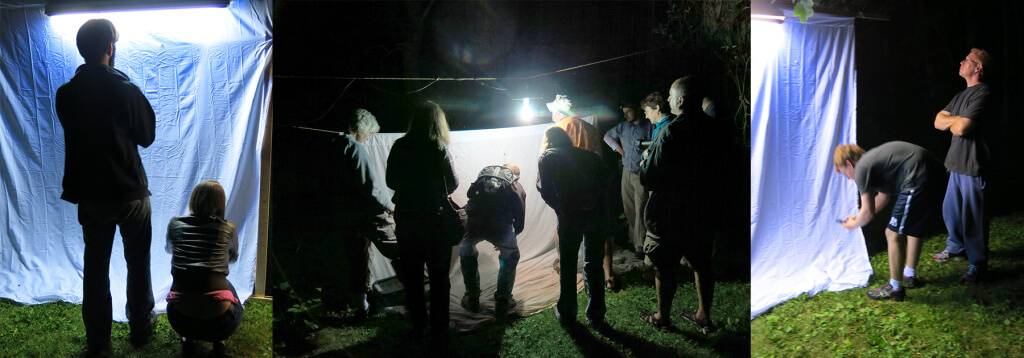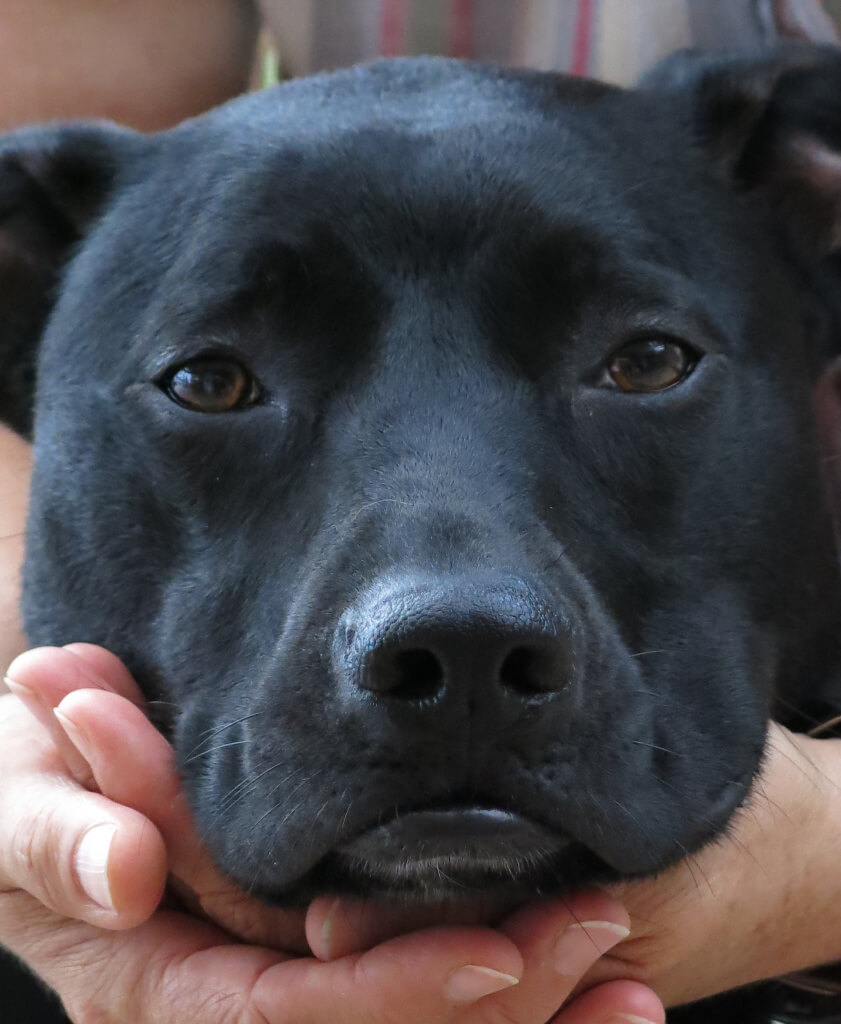 Don’t mess with me.
Don’t mess with me.
I am not who you think I am.
I crawled all over the floor trying to get Edie The Dog to look at me. Later, when I examined the photos I’d taken, I thought I recognized something in her eyes.
You think I look mad and unapproachable. You stick your camera smack in my face and try to get me to smile. But I won’t smile. Today, all I can think about is what I’m missing.
You don’t know my story. The story that might make you cry, or maybe cringe. If it makes you uncomfortable, consider how it makes me feel.
How you feel, how I feel. I don’t care.
Then I found the shot that reminded me of my own dog, and all the love and emotional support she gives me. And I wondered if maybe we could better read what’s inside others’ hearts by first remembering what’s in our own. Because we all struggle with sadness, pain, worries, and fears. And we all have known hope and joy.
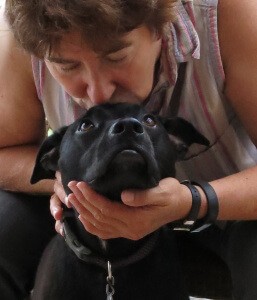 How much kinder the world would be if we all stopped to see what others’ stories entailed, and then treated each other with respect and compassion. Suddenly I understood something different from Edie The Dog’s eyes.
How much kinder the world would be if we all stopped to see what others’ stories entailed, and then treated each other with respect and compassion. Suddenly I understood something different from Edie The Dog’s eyes.
This is who I am now. Look at me.
And if you show me you care, I will be your friend forever.
